Rainbow Springs State Park, Part 3 of 7
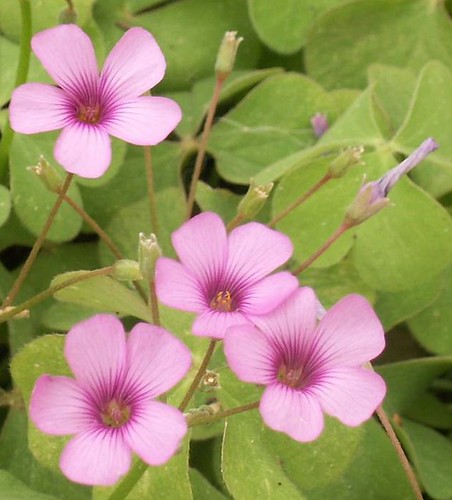
On March 13, 2006, Mary and I visited the Rainbow Springs State Park, which features the headsprings of the Rainbow River. The park's 1,595 acres contain at least 11 distinct, natural communities: mesic flatwoods, sandhills, scrubby flatwoods, sinkholes, upland mixed forests, basin swamps, depression marshes, floodplain swamps, and hydric hammocks.
This is a first magnitude spring complex, fed by four main vents. Its average flow is 465 million gallons per day. These waters run to the Withlacoochie River, through Lake Rousseau, and finally into the Gulf of Mexico.
Five days before St. Patrick's Day, we found this bed of three-leaf clover growing around a small, humanmade pond....
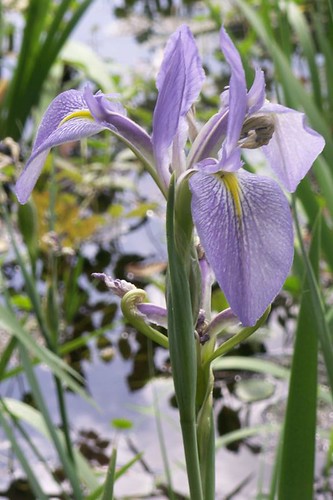
Prairie Iris, also known as Anglepod Blue Flag, Iris hexagona var. savannarum. Flowers bloom March through June. (Source: National Audubon Society Field Guide to Florida)
My own gardening has dealt mainly with vegetables. Once my swing set days in Brooklyn were over, my parents had converted our postage stamp-sized back yard to a vegetable plot that yielded lettuce, tomatoes, cucumbers, zucchini, green peppers, and chives. I took that magic with me to Cambridge, Massachusetts, maintaining a plot in the Whittemore Avenue Community Garden for five years. Mine was one of 60 plots, each one unique, growing everything from corn to cosmos.
Flowers had adorned my Brooklyn yard, too: roses and hyacinth, violets and tiger lilies. The lilies had been my favorite flower among them, rising by the side of a Rose of Sharon tree.
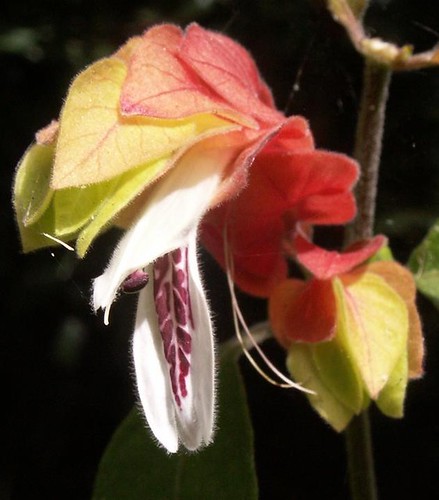
I haven't found anything that looks like this, either in my field guides or on the Web. I love the tiny hairs on this thing. It reminds me a little of Blue Curls, except that the color and the blooming season are all wrong.
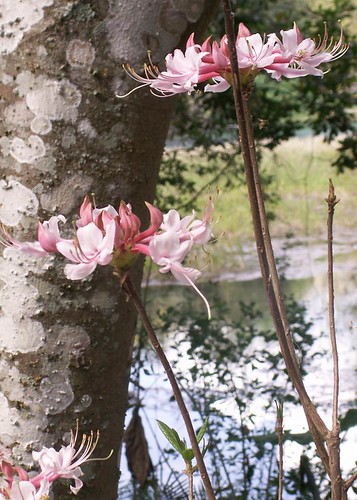
This wild azalea, Rhododendron canescens, is in the Heath Family and blooms February through April.
"Tame" azaleas, those shown in Part 2, first made an appearance in the Brooklyn front yard when I was already well into high school. Back then I learned the value of coffee grounds to acid-loving plants.
According to the Azalea Society of America, "Azaleas have been hybridized for hundreds of years. Around 10,000 different plants have been registered or named, although far fewer are in the trade." All azaleas are in the genus Rhododendron.
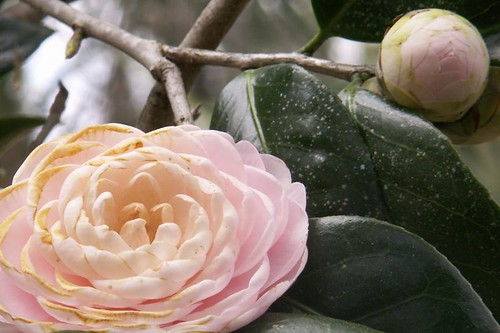
The camellia was declared Alabama's state flower in 1927 (the only state symbol not native to Alabama), but the plant itself is from Asia. According to State History Guide Resources, "Camellias are named for G.J. Kamel, a Jesuit priest who traveled in Asia in the seventeenth century. The introduction of Camellia japonica L. in Italy is dated about 1760, but only during the XIXth century this species became popular....They belong to the Tea family of plants."
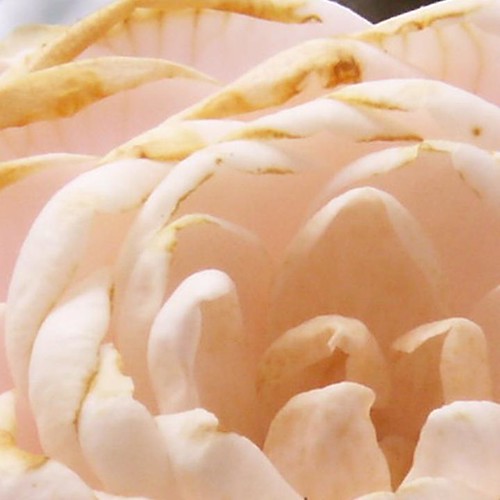
I developed a greater appreciation of flowers from attending the New England Flower Show, and was lucky enough to live within a mile's walk of the Bayside Expo Center, where it was held.
More flowers to come -- plus excursions elsewhere in the park.











0 Comments:
Post a Comment
<< Home